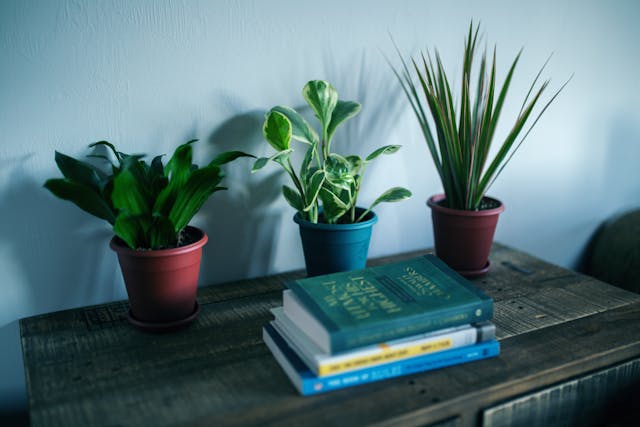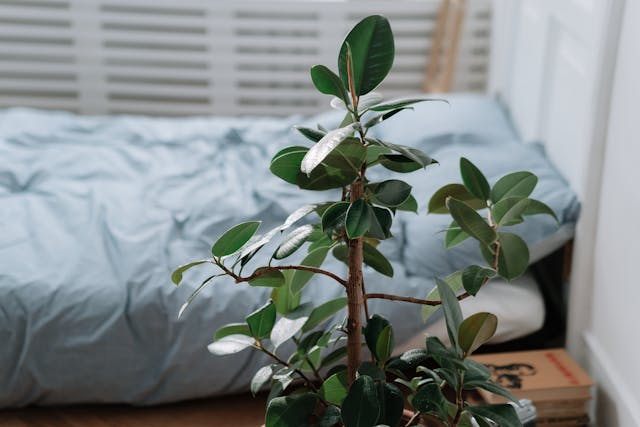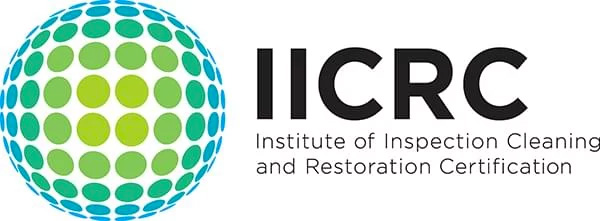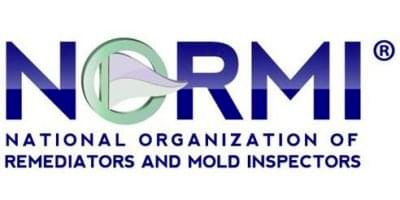How to Prevent and Remove Mold On Houseplants
Mold can be bothersome. Its growth can be a health hazard to both humans and animals and can cause damage to the building structure. Mold usually grows on damp surfaces, including houseplants.
If you see patches of powdery substance on your houseplant, it is most likely mold. It is important that you remove the mold on your household plant and treat it before it causes health, sanitation and building issues later. So, we’ve put together some tips on how to remove this nuisance and keep your plant alive.
Why Mold Grows On Houseplants
Mold is a type of fungus that is found everywhere. It can be carried by people, animals, and wind and float the home through doorways, heating and air conditioning systems, vents, and windows. Indoor molds grow when they touch surfaces that are wet or damp and will not grow in a dry environment.
The ideal environment for mold growth includes:
- Lack of sunlight
- Over-watering
- Lack of drainage
- Poor ventilation
These factors can be easily remedied so you can prevent mold growth in your indoor plants. Before that, let’s first determine the types of molds that can thrive on the soil, leaves or branch of your houseplant.
How to Recognize Mold Growth On Houseplants
There are many types of molds, and it is essential that you know how to spot them on your plant. Molds are generally harmless but too much exposure can potentially cause respiratory tract symptoms, wheeze and cough. That’s why it is encouraged that you treat them especially when they grow inside your home.

The types of molds are:
1. Gray Mold
Gray mold usually grows on leaves and stems of indoor plants. It is also commonly found in dusty gray spots on the surface of the soil. This type of mold can eventually cause the plant to die as it grows on an open wound of your household plant.
2. White Mold
White mold is furry. It can be found on top of damp soil. The growth of white molds is usually caused by lack of ventilation. It may not harm your plant but can cause allergic reactions to people who have mold allergies.
3. Powdery Mildew
Powdery mildew can be easily identified. It appears as white or light gray powdery patches. It usually thrives on the leaves and stems of plants. It inhibits photosynthesis which in turn inhibits plant growth.
4. Sooty Mold
Sooty mold is generally characterized by green or black spots. They grow on plants and surfaces coated by honeydew, which is a sticky liquid left by insects. If left untreated, they can prevent photosynthesis. This can gradually weaken the plant and cause it to wither.
If you have already confirmed that there is mold growth on your plants, you have to address it at once. Mold can kill your plants and damage other surfaces, such as window frames or walls, it grows on. The wider space it occupies as it grows, the more damage it can cause.
How to Kill the Mold But Keep the Plant Alive
Molds won’t thrive in dry and warm areas. You can prevent its existence by resolving moisture issues inside the house. But if mold has already entered the home and lived on your plants, there are a variety of ways on how to treat them.

When eliminating molds, make sure that you are wearing proper protective clothing. Limit your exposure to mold spores and take precautions. To do so, wear a face mask, gloves, and goggles. When ready, you can now remove the mold.
1. Gray Mold
Remove gray mold by pruning the plant. Apply fungicide to the plant and soil. Repeat as needed.
2. White Mold
- Use a hand shovel to scoop the mold off the affected soil
- Dilute your detergent with a mixture of water. Take a clean cloth and dip it in the mixture. Wipe the leaves and the whole plant with a cloth.
- Once the mold is removed, apply an anti-fungal solution to the soil
- Apple cider vinegar is commonly used as a natural anti-fungal. Other household staples used in treating mold infections are baking soda and cinnamon.
3. Powdery Mildew
Remove the leaves or trim any parts of the plant that are infected. Prepare the solution of 1 teaspoon of baking soda in 1 quart of water or a fungicide. Spray the solution liberally to the plant to prevent the fungus from coming back.
4. Sooty Mold
Sooty molds are caused by honeydew created by insects. To remove it, you must eliminate the insects. Soak the cotton swab in alcohol and dab the insects with it. You can also manually remove them by picking them off using tweezers.

If there are too many of them to manually remove, you can resort to using insecticide. Once the insects have been removed, you can now wipe the mold off with a damp cloth.
You must assess how much damage the fungus has caused. If it is too prevalent, it is best to repot your plant. Make sure to utilize dry and clean pots and add healthy soil.
Keep Your Plants Healthy
Once the molds have been removed and plants repotted, make sure that you prevent the fungus from coming back. Since mold grows in a damp or wet environment, make sure your plant is getting enough sunlight and air circulation.
Contaminated soil is a good avenue for mold growth. So, use the proper soil to allow your plants to grow in a good environment. Avoid watering your plants too often to avoid it from becoming too moist. There should be proper drainage, so water does not stay on the pot or soil.
These are just some tips on how to prevent molds from growing or returning after decontamination. If the mold growth in your household plants is too widespread and gets too complicated for you to handle, contact us at Markham Services and let us take care of your mold situation for you.
Bottom Line
When taking care of your home and making sure you stay on top of any mold growth, especially on houseplants, make sure you have an expert in your corner. Markham Services is always here to help. Get in touch with us today to find out more!


